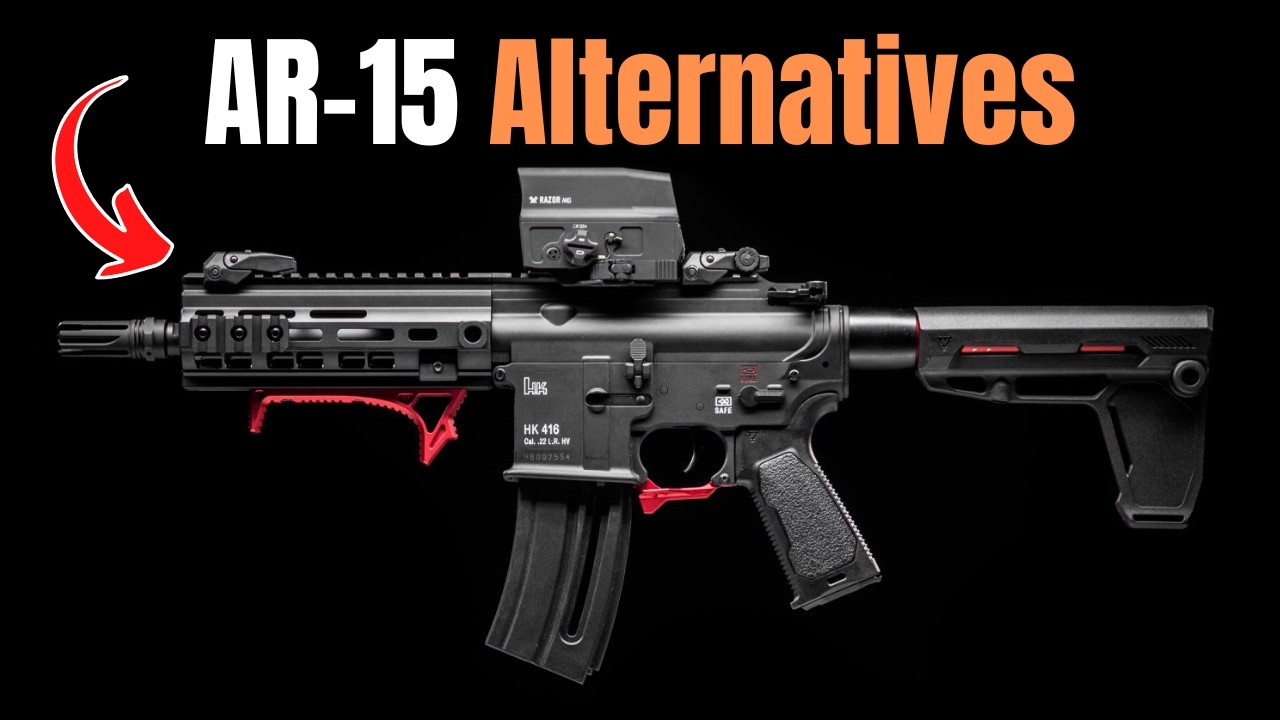Ambrose Everts Burnside is a name that should be familiar to all NRA members, as he was our first president when the NRA was formed in November of 1871. His list of accomplishments is impressive: During his short life (57 years) he graduated from the U.S. Military Academy at West Point, NY, (Class of 1847); participated in the Mexican-American War of 1847-1848; served in the Civil War, rising from the rank of colonel at the Battle of 1st Manassas to major general and commanded the Army of the Potomac. Post-war, he served as a U.S. Senator from Rhode Island and as governor of that state for three terms. His somewhat and unique prolific facial hair became synonymous with his name and are now referred to as sideburns.
To most Civil War buffs and historians, he is best remembered for his less-than-stellar performance as the commander of the Army of the Potomac during the Fredericksburg campaign of 1862. By his own admission, he was best suited to be a colonel of a regiment, not a commanding general.
Years prior, in 1853, at the age of 29 and after only six years in service, he resigned his commission in the U.S. Army and then designed a new breechloading carbine that used a metallic cartridge. His concept—for which he received a patent both here and abroad—placed the head of the cartridge firmly into the breech of the carbine’s receiver, thus preventing gas leakage that was common with the Hall’s and Sharps carbines of the same period. His metallic, percussion-cap-fired, torch-shaped cartridge in .54 caliber was somewhat impervious to moisture and the damp conditions with which the paper cartridges then in common use were plagued.
Burnside’s first design had a breechblock that fell below the receiver of the carbine when a lever on the right side of the gun was pushed down, much like the design used in early breechloading shotguns of the latter half of the 19th century. The carbine lacked a wood fore-end, causing the shooter to experience some discomfort once the barrel heated up from successive firings. About 200 of these were produced before Burnside’s second model incorporated a split trigger guard, designed by George Foster, that, when pressed, would operate the falling breech in the same manner as before. These guns found favorable reviews and were granted a field test by the Army Ordnance Board, where it showed great accuracy (for the time) at both 100 and 600 yards. It was capable of firing 40 rounds of ammunition in slightly more than 5 minutes.
One advantage to the Burnside was when closed, the breech held all components securely, resisting the elements better than previous rifles • Opening the action revealed the breech, into which a torch-shaped cartridge would be loaded. It contained powder and a lead projectile, with a percussion cap igniting the round • Recognized by his unique facial hair, the NRA’s first president gave U.S. troops the first self-contained-cartridge-firing longarm • Operating the lever dropped the breech to load a cartridge.
While the new carbine was most certainly the brainchild of Ambrose Burnside, the firm that initially produced the carbines was named the Bristol Firearms Company of Bristol, RI. After an initial start in 1853, the first factory burned down on Christmas Eve of the same year. By the summer of 1857, Burnside and the Bristol Firearms Company had failed to secure a government contract and fell into bankruptcy. Burnside sold his remaining shares to his former partners and left the company, diligently working for a number of years to pay off each and every one of his creditors. The new Burnside Rifle Company established a factory in Providence, RI, fortuitously on the eve of the Civil War.
After the loss of Fort Sumter in April of 1861, Burnside was recalled to service by Rhode Island’s governor to accept a position as a colonel in the state’s militia. He never had anything to do with the company after he left it in 1858.
The carbine and company that bore his name certainly benefited from his patronage and his fame. Some companies of his regiments were armed with his guns at the first major battle of the war, First Manassas, on July 21, 1861.
The third model of the carbine, fielded before the war, added a much-needed wood fore-end and incorporated a screw-slotted pin (as did the two previous models) to attach the breechblock to the receiver of the gun. This was replaced by a lever and push-pin release, similar to that found on the Sharps carbine, and was incorporated on the fourth and fifth models of the carbine.
The fifth and final version of the carbine is the one that was most widely produced, with nearly 53,000 manufactured during the war. This model is easily identifiable by a screw mounted on the right side of the frame that helped guide the falling breechblock as it was retracted.
All five iterations of the Burnside carbine were beautifully crafted. Mint-condition examples have striking color-case-hardening on the receivers and beautiful, rich royal blue to the trigger guard and Foster catch lever. Cartouches showing acceptance by the Army Ordnance Board inspectors are located on the left side of the shoulder stock, behind the cavalry saddle-ring sling bar.
Of the 33 different carbines accepted into military service by the U.S. Army during the Civil War, the 53,000 Burnside carbines procured rank at number three among the most produced, behind those made by Sharps and Spencer. To give you an idea of their rarity, the National Firearms Museum has examples of only the fourth and fifth models in its collection.
Read the full article here








![KE Arms Shotgun Picatinny Stock Adapter [FIRST LOOK] KE Arms Shotgun Picatinny Stock Adapter [FIRST LOOK]](https://www.recoilweb.com/wp-content/uploads/2025/01/KE-Arms-Shotty-3.jpg)









Leave a Reply